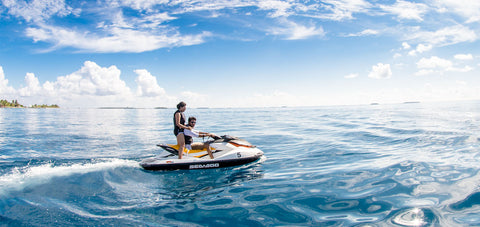Tips for Monitoring and Avoiding Anchor Drag
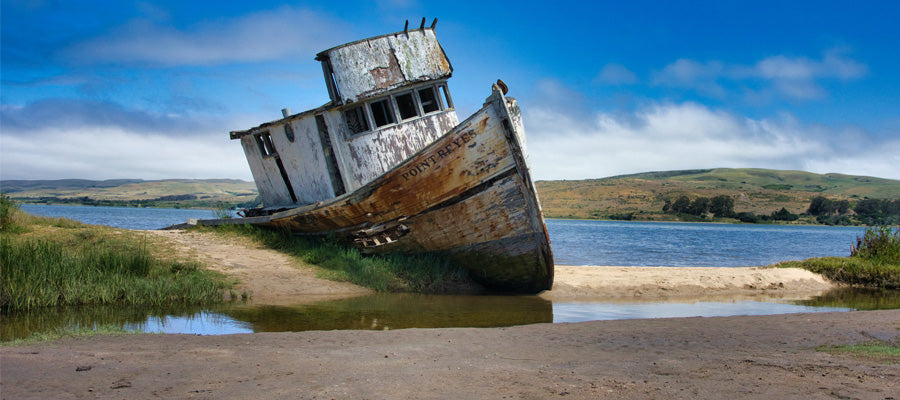
Picture, if you will, that you've just dropped anchor after a long day of cruising on open water and desire nothing more than to go down below for a little shut-eye. You've found the perfect anchoring spot, ensured that you're a safe distance from neighboring boats and obstacles, and double-checked that the anchor is set securely. Lo and behold, you wake the next morning to find that unexpected winds picked up during the night and dragged your boat into dangerous shipping lanes, or worse, onto the rocks.
Years ago your first reaction might have been to scold the nearest deck mate for falling asleep on watch and failing to realize that the boat was being dragged away. However, today there are a variety of tools and aids boaters can use to alert themselves of unexpected movement and avoid the costly repercussions of drifting into the unknown.
Causes of Drift
Anchor drag can be caused by improper anchor selection, weather, changes in tide, an improperly set anchor, equipment malfunction, passing boats, swell, or a number of other factors. Even if you have the correct anchoring equipment for your specific boat and are sure that the anchor is set securely, any of these other factors could interfere and send you veering off course. It's important to understand each of these factors and account for these potential dangers whenever you're at anchor.
Tips for Properly Anchoring Your Boat
The first step in anchoring your boat is to find a suitable anchorage spot, especially if anchoring overnight. One of the first mistakes new boaters make when anchoring a boat is to choose an inadequate anchorage. Check that you're protected from the wind in all directions, especially the direction in which the wind is currently blowing. Check that there is adequate depth under the boat to prevent you from getting stuck during low tide. You should also check that the area is clear of excess debris that may snag your anchor. For more info on how to properly set your anchor, read our full article here.
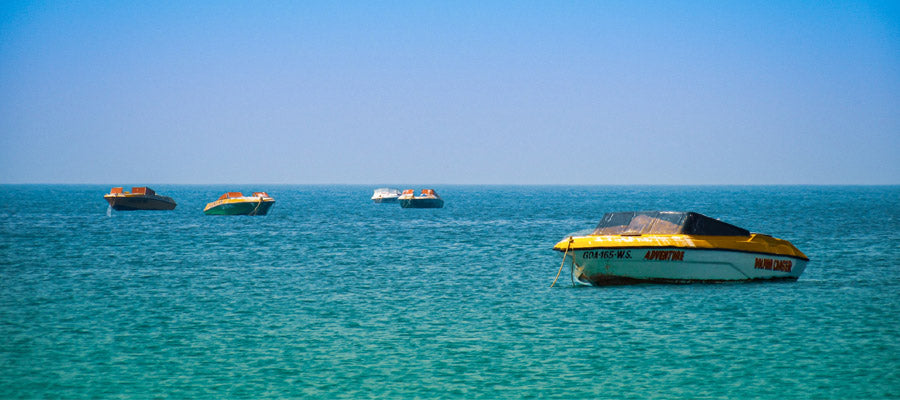
Once you have found your spot, place the engine into neutral and slowly release the anchor overboard. When setting your anchor, make sure that the scope is calculated and set correctly. In overnight conditions, you ideally should aim for a scope of 7:1 - meaning let out 7 feet of rode for every 1 foot of water depth you're anchoring in. More scope means less vertical strain on the boat anchor thereby decreasing the chances of unsetting the boat anchor.
Manual Aids for Monitoring Anchor Drag
Even with the use of electronic warning systems, there is always the possibility of equipment failure. When anchoring for an extended period of time, it's always a good idea to use points of reference as a backup to check that your boat is still where it should be.
Use two objects in a line. If you have fixed points of reference on land, try to locate two objects in the distance that line up with each other from your anchored position. For example, look for a tall piling near the dock that lines up with a large tree in the background. At night, look for two different fixed light positions that can create this visual line. Periodically check these positions and take note if the objects begin to change position. This may indicate that your boat is drifting and may need to be repositioned.
Set your drag bearings. Drag bearings are another manually recorded method to help alert the skipper if the boat starts to drift from its original anchored position. First set up your log book with four columns: time, object description, object bearing, and depth. Locate a single object off of the port or starboard side and line it up with a beam or support pole on your boat. Record the bearing along with the depth reading in your log book and check this point of reference regularly. If a bearing begins to change by more than one or two degrees, you may be drifting and need to reposition the boat.
Mobile Phone GPS Aids for Monitoring Anchor Drag
Using GPS proximity alarms are a great way to monitor potential anchor drag without having to constantly check your reference points. Today, mobile phones have replaced old standalone GPS devices as boater's most trusted devices for monitoring their position. There are a variety of great apps available for download that allow users to create a "circle of protection" around your boat. Users typically set a proximity around your anchored position; either in yards or tenths of a mile. If your boat drifts onto the edge of this circle, an alarm will sound alerting the skipper that the boat is in fact drifting.
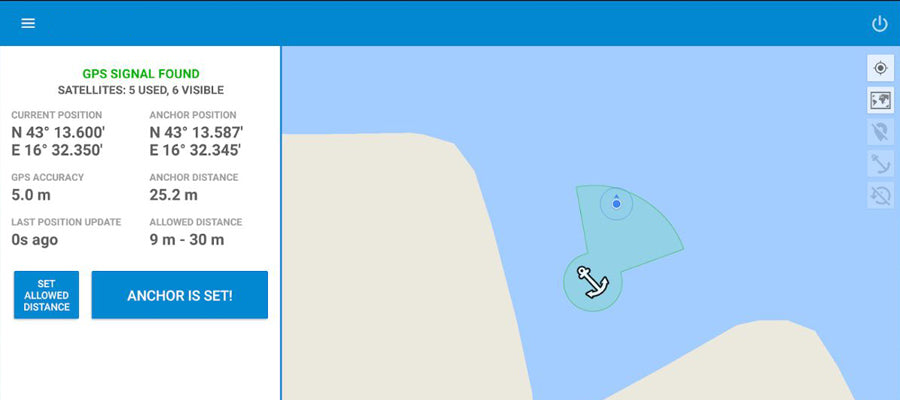
These apps can be installed on tablets or secondary phones and left with the boat so that the captain can be alerted even if they are not physically on the boat. The app will detect the movement, and send a text or email alert along with GPS location updates to keep an eye on where the boat is headed.
Our favorite app for monitoring unwanted drag is Anchor Watch / Alarm.
Alternative Tool for Monitoring Anchor Drag
If your boat is equipped with a GPS system and depth finder, there's a good chance that it also has alarm capabilities that can be set to monitor for depth and proximity changes. Security zones can be set on many depth finders to further alert those on board if the boat is drifting close to another boat or obstacle or into a potentially hazardous area.
Published
Recent Posts
Balancing Proven Tradition with Cutting-Edge Performance
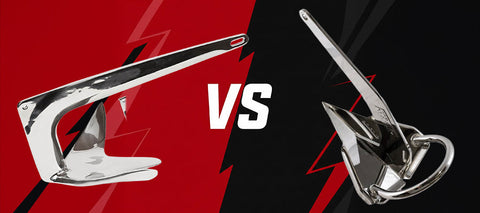
When choosing an anchor, it’s not a question of “traditional vs. modern”, despite our eye-catching article image *wink*, but "what combination of reliability, cost and performance best suits your specific needs?" Here’s a side-by-side look at why time-tested anchors remain indispensable even as shiny new designs continue to enter the market.
Windlass Problems? Common Issues and How to Fix Them
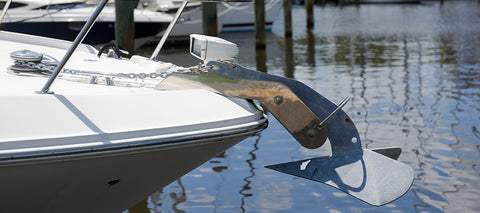
Let's look at common issues with windlasses and how to address them:
1) Windlass Won’t Run in Either Direction
2) Solenoid Clicks, but Windlass Won’t Move
3) Windlass Lacks Power to Haul the Anchor
4) Rode Gets Jammed or Doesn’t Come In
Our history: a 20 year journey
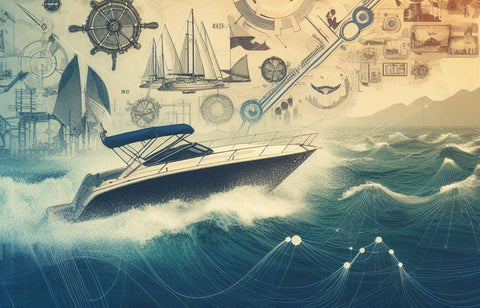
Boat Cleaning Tips for Anglers: Keeping Your Vessel Spotless and Pristine
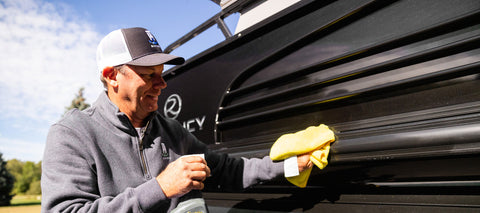
Avast, Ye Mariners! Master the Art of Docking: A Swashbuckling Guide for Boaters
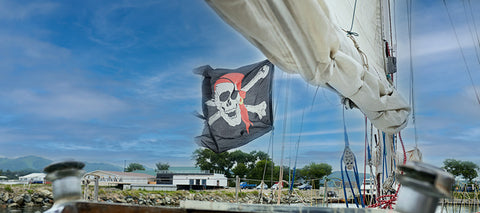
Top Reasons to Keep a Boating Maintenance Log
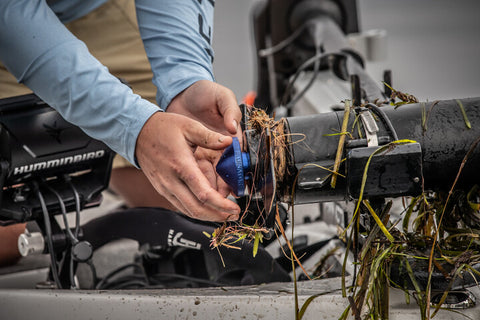
4 Top Tips for Buying a New-to-you Used Boat
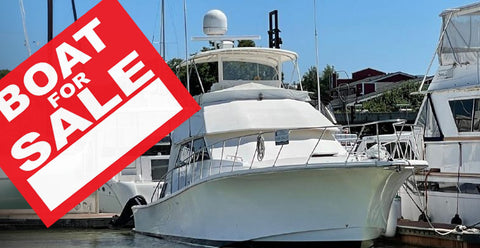
Bent Boat Anchor Shank: Common Causes and Prevention Tips
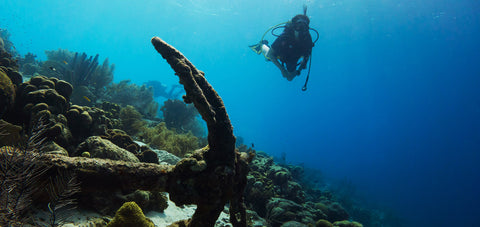
Prepare Your Boat For An Above Average Hurricane Season
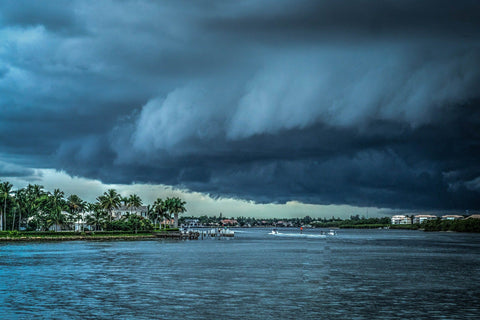
Best Methods For Anchoring Your Jet Ski in Deep or Shallow Water
